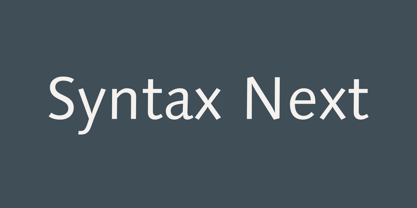Les fontes de caractères Web peuvent être utilisées sur un seul domaine. Les agences responsables de plusieurs sites Web, par exemple les agences de ou les hébergeurs, ne peuvent pas partager une même licence de fonte de caractères sur plusieurs sites Web.
Chaque fois que la page Web utilisant le kit de webfonts est chargée (c'est-à-dire que le CSS du kit de webfonts qui contient la règle est appelée), le système de comptage comptabilise une seule page vue pour chaque fonte Web du kit de fonte Web.
Pour l'utilisation d'images graphiques sur le site Web, envisagez plutôt une licence pour ordinateur de Desktop, car la plupart des licences le permettent.
MyFonts propose trois types de licences pour les webfonts : Annuelle, Payée une fois et Payée au fur et à mesure. Seule l'une de ces sera disponible pour un webfont donné. Cliquez ici pour En savoir plus.

